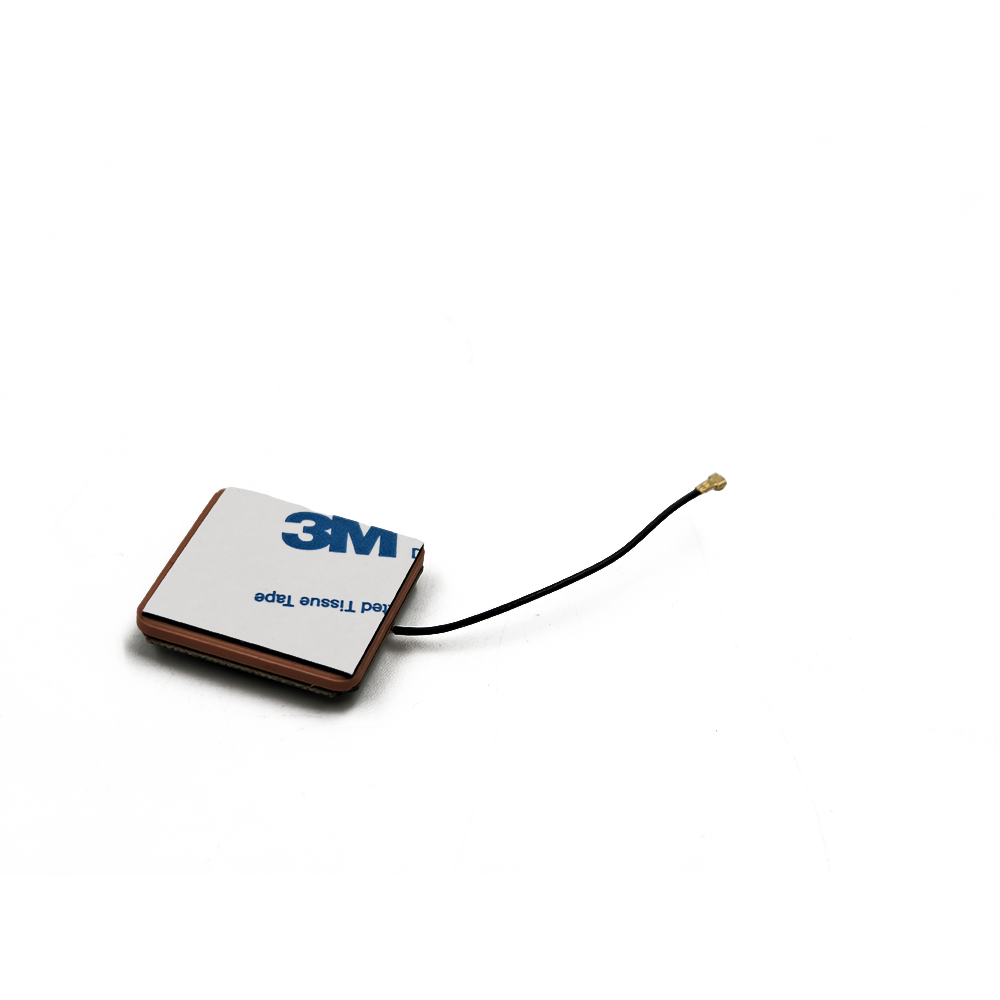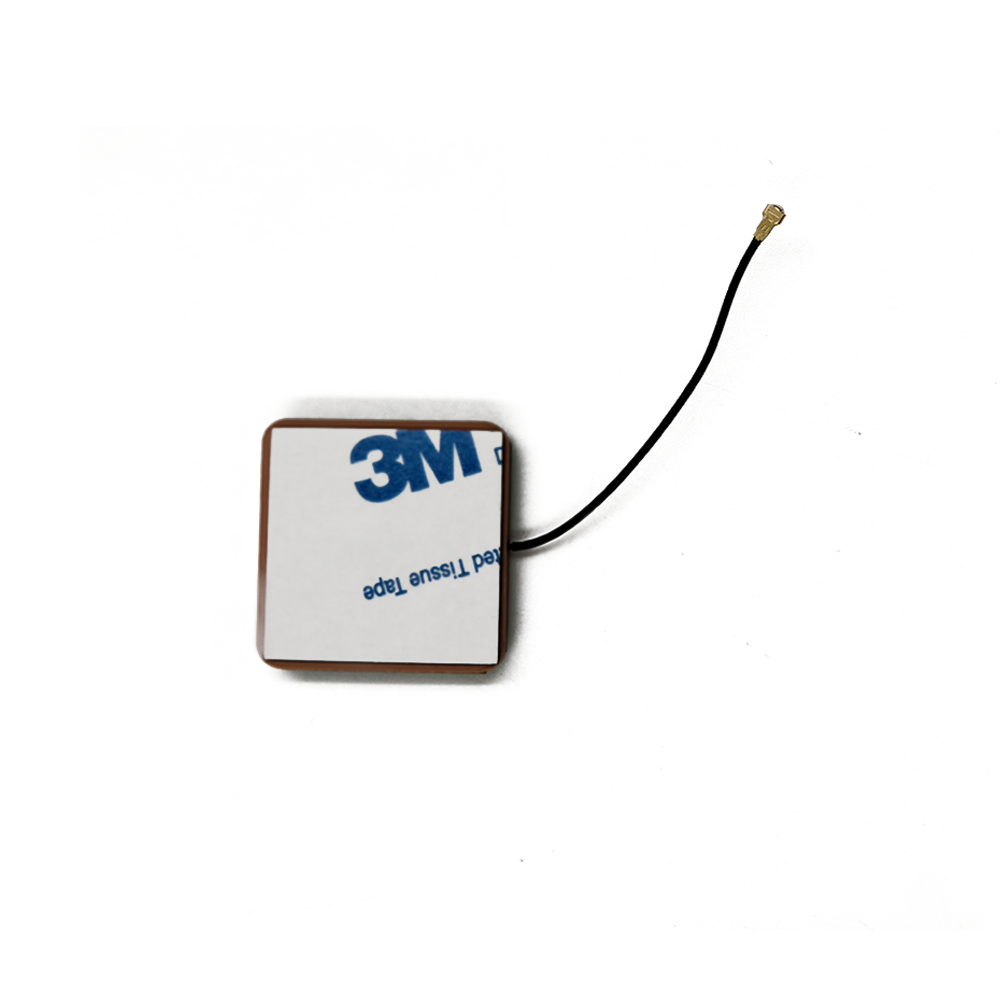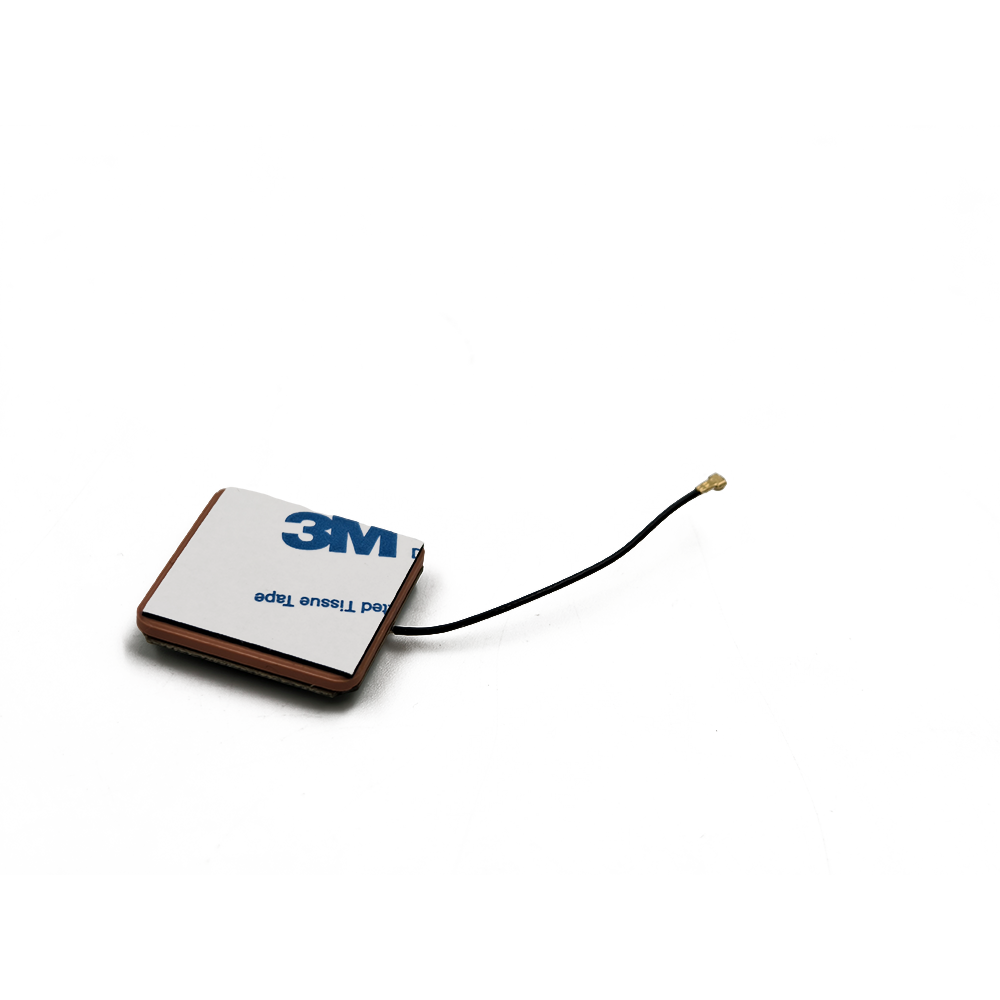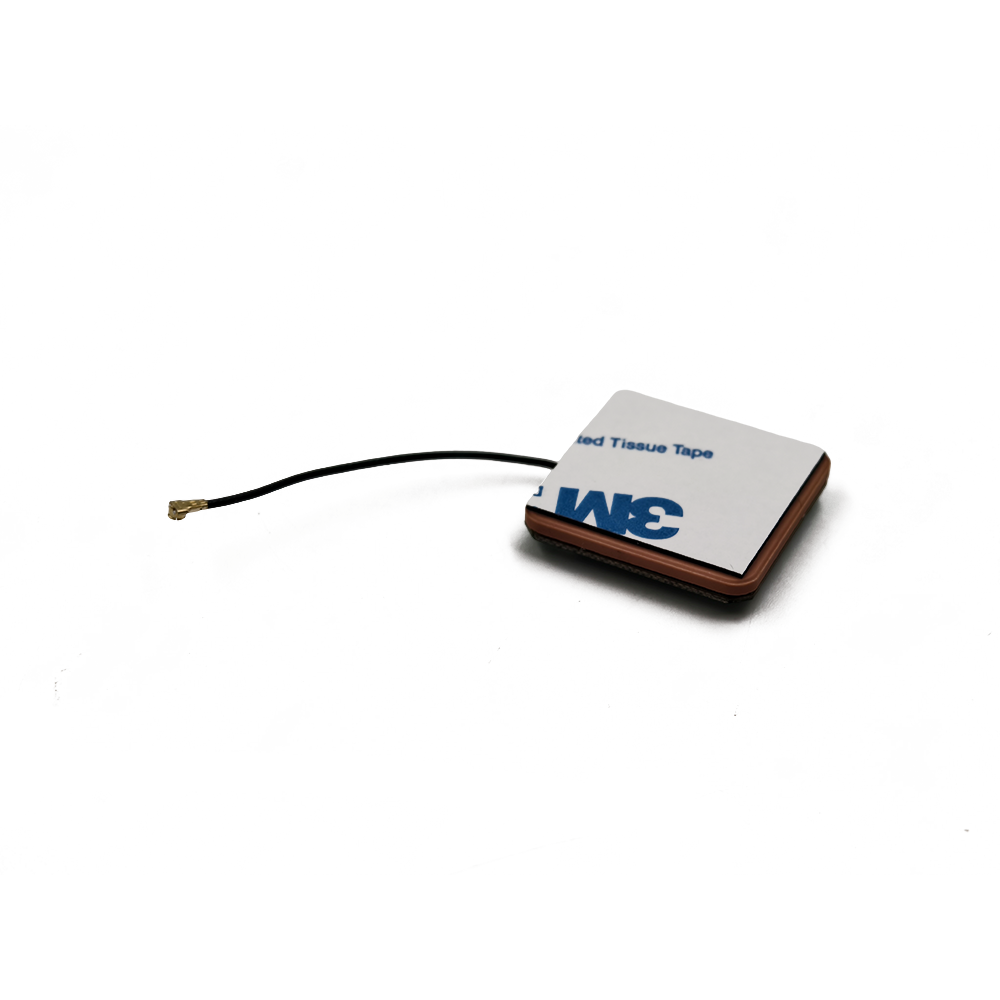Overview
Definition and Importance
A miniature ceramic RTK patch antenna is a compact, planar antenna designed to receive GNSS signals across multiple frequency bands, enabling RTK positioning with high accuracy. These antennas are typically constructed using ceramic materials, which offer a high dielectric constant and low loss tangent, resulting in improved electrical performance and reduced size compared to traditional antenna designs. The importance of miniature ceramic RTK patch antennas lies in their ability to provide high-precision positioning in a small form factor, making them ideal for applications where space and weight are critical constraints.
Evolution of RTK Antennas
The development of RTK antennas has evolved from large, bulky designs to compact, integrated solutions to meet the growing demand for portable and mobile high-precision GNSS applications. Early RTK antennas were primarily designed for fixed installations, such as surveying monuments, and were characterized by their large size and limited portability. With the advent of miniaturization technologies and advancements in ceramic materials, RTK antennas have become increasingly compact, enabling their integration into a wide range of devices, from handheld GNSS receivers to unmanned aerial vehicles (UAVs) and autonomous vehicles.
Technological Advancements
Technological advancements in ceramic materials, antenna design, and manufacturing processes have played a pivotal role in the development of miniature ceramic RTK patch antennas. Innovations such as low-temperature co-fired ceramic (LTCC) technology, laser direct structuring (LDS), and 3D printing have enabled the creation of antennas with complex geometries and optimal electrical properties. These advancements have facilitated the integration of multiple frequency bands into a single compact antenna, overcoming traditional design limitations and expanding the range of applications for RTK technology.
Market Trends and Demand
The market for miniature ceramic RTK patch antennas has witnessed significant growth, driven by the proliferation of high-precision GNSS-enabled devices across various sectors. Industries such as surveying, construction, agriculture, and automotive are increasingly adopting RTK technology to improve operational efficiency and accuracy, fueling the demand for compact, high-performance antennas. Additionally, the rise of autonomous vehicles and the Internet of Things (IoT) is expected to further accelerate market growth, creating new opportunities for antenna manufacturers to develop innovative solutions that meet the evolving needs of these emerging markets.
Design and Construction
Antenna Design Principles
Designing a miniature ceramic RTK patch antenna requires a deep understanding of electromagnetic theory, antenna principles, and GNSS signal characteristics. Key design considerations include frequency band selection, polarization, gain, bandwidth, and size constraints. The antenna must be capable of efficiently receiving GNSS signals across multiple frequency bands, such as GPS L1/L2/L5, GLONASS G1/G2, Galileo E1/E5a/E5b, and BeiDou B1/B2/B3, while maintaining a compact form factor. Additionally, the antenna must exhibit optimal polarization characteristics, typically right-hand circularly polarized (RHCP), to efficiently receive GNSS signals and minimize the reception of left-hand circularly polarized (LHCP) signals, which can introduce errors.
Ceramic Material Selection
The choice of ceramic material is critical in determining the electrical performance and physical characteristics of the miniature ceramic RTK patch antenna. Ceramic materials with a high dielectric constant and low loss tangent are preferred, as they enable the antenna to achieve high gain and bandwidth while minimizing size. Common ceramic materials used in RTK patch antennas include alumina (Al2O3), zirconia (ZrO2), and various low-temperature co-fired ceramic (LTCC) compositions. Each material has unique properties that must be carefully considered during the design process to ensure optimal antenna performance.
Patch Antenna Geometry
The geometry of the patch antenna plays a crucial role in determining its resonant frequency, gain, and radiation pattern. Miniature ceramic RTK patch antennas typically employ a rectangular or circular patch geometry, with the dimensions of the patch carefully selected to achieve resonance at the desired GNSS frequency bands. The patch is mounted on a ceramic substrate, which provides mechanical support and electrical insulation. The thickness and dielectric constant of the substrate also influence the antenna's performance, with thinner substrates typically resulting in wider bandwidths and lower profiles.
Ground Plane Design
The ground plane is an essential component of the miniature ceramic RTK patch antenna, providing a reference potential and influencing the antenna's radiation pattern and impedance matching. The ground plane is typically constructed from a conductive material, such as copper or silver-plated brass, and is designed to be larger than the patch to ensure optimal performance. The shape and size of the ground plane must be carefully considered during the design process to minimize edge effects and ensure a stable radiation pattern across the operating frequency bands.
Manufacturing Processes
The manufacturing of miniature ceramic RTK patch antennas involves several advanced processes, including ceramic material preparation, patch and ground plane fabrication, and assembly. Ceramic materials are typically prepared using powder processing techniques, such as ball milling and spray drying, to achieve the desired particle size and distribution. The patch and ground plane are then fabricated using techniques such as screen printing, photolithography, or laser direct structuring (LDS), depending on the complexity of the design and the required precision. Finally, the antenna components are assembled and encapsulated in a protective radome, which shields the antenna from environmental factors such as moisture, dust, and mechanical damage.
Working Principle
Signal Reception and Processing
The primary function of a miniature ceramic RTK patch antenna is to receive GNSS signals from multiple frequency bands and convert them into electrical signals that can be processed by an RTK-enabled GNSS receiver. The antenna achieves this by resonating at the frequencies of the incoming signals, causing the electrical fields to induce currents in the patch and ground plane. These currents are then amplified and filtered to remove noise and interference before being fed into the GNSS receiver for further processing.
Multi-Band Resonance
Miniature ceramic RTK patch antennas are designed to achieve resonance at multiple GNSS frequency bands simultaneously, enabling them to receive signals from different constellations and frequency bands. This is typically accomplished through the use of multiple patch elements or frequency-selective surfaces that are tuned to specific frequency bands. The interaction between these elements or surfaces enables the antenna to receive signals across a wide range of frequencies while maintaining optimal performance at each band.
Phase Center Stability
The phase center of an antenna is the point from which the received signals appear to originate. For high-precision RTK applications, it is crucial that the phase center remains stable over time and temperature variations, as any changes can introduce errors in the positioning solution. Miniature ceramic RTK patch antennas are designed to maintain phase center stability through the use of high-quality materials and precise manufacturing techniques. Additionally, some antennas incorporate phase center correction algorithms to further enhance accuracy.
Antenna Calibration
Antenna calibration is a critical process that ensures the accurate measurement of GNSS signals by characterizing the antenna's response to signals from different directions and frequencies. During calibration, the antenna's radiation pattern, gain, and phase center are measured and recorded, allowing the GNSS receiver to correct for any antenna-induced errors. Miniature ceramic RTK patch antennas require comprehensive calibration procedures that account for the unique characteristics of each frequency band and the antenna's compact design. This calibration data is then stored in the antenna's memory or provided to the GNSS receiver for real-time correction.
Integration with RTK-Enabled GNSS Receivers
Miniature ceramic RTK patch antennas are designed to work seamlessly with RTK-enabled GNSS receivers, which process the received signals to determine the antenna's position, velocity, and time with high accuracy. The antenna and receiver must be compatible in terms of frequency bands, signal formats, and communication protocols. Modern RTK-enabled GNSS receivers often incorporate advanced signal processing algorithms that can exploit the full potential of miniature ceramic RTK patch antennas, such as multi-constellation combination and ambiguity resolution techniques, to further improve positioning accuracy and reliability.
Advantages and Challenges
-
Advantages
High Precision: Miniature ceramic RTK patch antennas enable centimeter-level positioning accuracy, making them ideal for applications requiring high precision, such as surveying, construction, and agriculture.
Compact Size: The compact form factor of these antennas makes them suitable for integration into portable and mobile devices, where space and weight are critical constraints.
Multi-Constellation Support: Many miniature ceramic RTK patch antennas are designed to support multiple GNSS constellations, enhancing the reliability and accuracy of positioning solutions through redundancy and global coverage.
Robustness: Ceramic materials offer excellent mechanical stability and resistance to environmental factors such as moisture, dust, and temperature variations, ensuring reliable performance in harsh conditions.
Low Profile: The low-profile design of miniature ceramic RTK patch antennas makes them aesthetically pleasing and suitable for applications where a discreet antenna is desired.
Challenges
Design Complexity: Designing a miniature ceramic RTK patch antenna that achieves high performance across multiple frequency bands while maintaining a compact form factor is a complex task that requires advanced design techniques and materials.
Manufacturing Cost: The use of high-quality ceramic materials and advanced manufacturing processes often results in higher production costs for miniature ceramic RTK patch antennas compared to traditional antenna designs.
Signal Interference: The simultaneous reception of signals from multiple frequency bands can increase the risk of interference, especially in urban environments where signal reflection and diffraction are prevalent. Advanced signal processing techniques are required to mitigate these effects.
Calibration and Maintenance: Miniature ceramic RTK patch antennas require comprehensive calibration procedures to ensure accurate measurement of GNSS signals. Additionally, regular maintenance is necessary to maintain phase center stability and overall antenna performance, which can add to the total cost of ownership.
Thermal Management: The compact size of miniature ceramic RTK patch antennas can make thermal management challenging, as heat dissipation is limited. This can lead to performance degradation at high temperatures if not properly addressed through thermal design techniques.
Applications and Future Trends
-
Applications
Surveying and Mapping: Miniature ceramic RTK patch antennas are widely used in surveying and mapping applications, providing high-precision positioning data for land surveying, cadastral mapping, and 3D modeling.
Construction and Infrastructure: In the construction industry, these antennas enable precise navigation and positioning of heavy machinery, optimizing construction processes and improving safety. They are also used for monitoring the structural health of bridges, buildings, and other infrastructure.
Precision Agriculture: Miniature ceramic RTK patch antennas play a crucial role in precision agriculture, enabling autonomous tractors and harvesters to navigate fields with high accuracy, optimizing crop yields, and reducing resource waste.
Autonomous Vehicles: The compact size and high precision of these antennas make them ideal for integration into autonomous vehicles, providing reliable positioning data for navigation and obstacle avoidance systems.
Unmanned Aerial Vehicles (UAVs): Miniature ceramic RTK patch antennas are essential for UAVs, enabling high-precision aerial photography, surveying, and delivery services.
Future Trends
Integration with 5G and IoT: The integration of miniature ceramic RTK patch antennas with 5G networks and the Internet of Things (IoT) is expected to open up new applications, such as real-time asset tracking, smart city infrastructure management, and connected vehicle solutions.
Miniaturization and Low-Power Design: Advances in materials science and antenna design are leading to the development of even smaller and more power-efficient miniature ceramic RTK patch antennas, expanding their portable and mobile applications.
Enhanced Signal Processing: The continued development of advanced signal processing algorithms will further improve the performance of miniature ceramic RTK patch antennas, enabling even higher levels of accuracy and resilience in challenging environments.
Multi-Antenna Systems: The use of multiple miniature ceramic RTK patch antennas in a single device, such as a smartphone or UAV, is expected to become more prevalent, enabling improved positioning accuracy through antenna diversity and beamforming techniques.
Expansion of GNSS Constellations: As new GNSS constellations are launched and existing ones are upgraded, miniature ceramic RTK patch antennas will play an increasingly important role in providing global coverage and redundancy, ensuring the continued availability of high-precision positioning services.
Conclusion
The miniature ceramic RTK patch antenna represents a significant advancement in high-precision GNSS positioning technology, offering centimeter-level accuracy in a compact, robust form factor. Despite the challenges associated with their design, manufacturing, and maintenance, these antennas have become indispensable tools for a wide range of applications, from surveying and construction to precision agriculture and autonomous vehicles. As technology continues to evolve, miniature ceramic RTK patch antennas will play an increasingly important role in shaping the future of positioning, navigation, and timing, enabling new applications and transforming existing industries. The continued investment in research and development, coupled with the expansion of GNSS constellations and the integration with emerging technologies such as 5G and IoT, will ensure that miniature ceramic RTK patch antennas remain at the forefront of high-precision GNSS positioning for years to come, providing reliable and accurate positioning solutions in an ever-changing world.




































































 Language
Language
 En
En Cn
Cn Korean
Korean

 Home >
Home > 








 18665803017 (Macro)
18665803017 (Macro)













